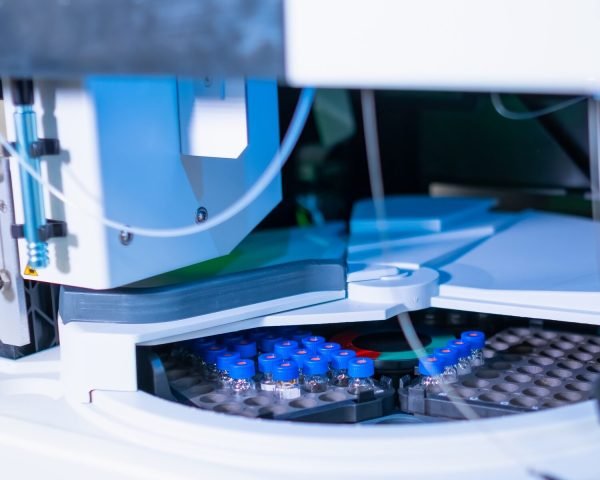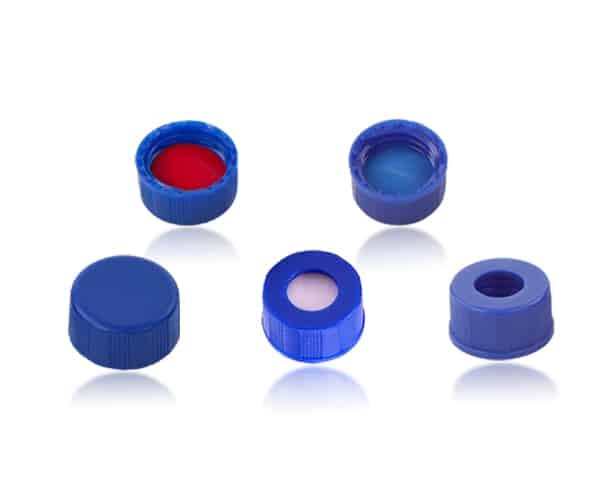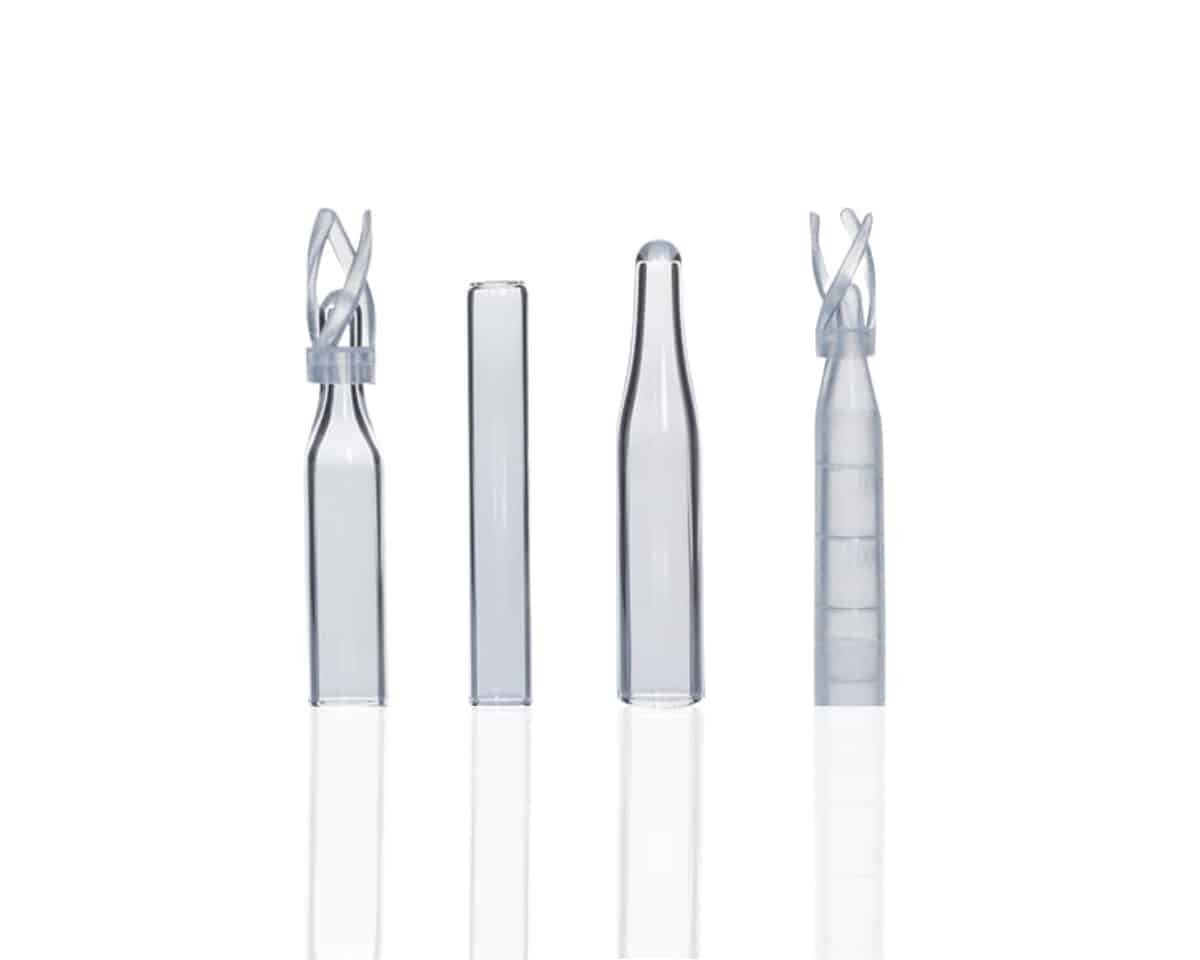Introduction: The Importance of Peak Shape in HPLC Analysis
Have you ever run an HPLC analysis only to find that your peaks look distorted, broad, or split? Poor peak shape isn’t just an aesthetic issue—it can lead to inaccurate quantification, poor resolution, and unreliable data. Whether you’re dealing with tailing, broadening, or ghost peaks, troubleshooting peak shape problems is essential for maintaining analytical accuracy.
A well-shaped peak is symmetrical, sharp, and well-resolved, ensuring precise retention time and integration. But when peaks start to tail, widen, or randomly appear, something in your method or instrument setup is likely causing trouble.
So, what’s behind these bad peaks? In this guide, we’ll cover:
✔ What makes a “good” vs. “bad” peak
✔ Common causes of peak tailing and how to fix them
✔ Troubleshooting peak broadening issues
✔ Identifying contamination sources behind ghost peaks
✔ Practical strategies for maintaining peak integrity
By the end, you’ll have a clear roadmap to diagnose and fix peak shape problems, ensuring cleaner and more reproducible chromatograms.
1. What Makes a “Good” vs. “Bad” Peak?
A well-resolved HPLC peak is sharp, symmetrical, and has a consistent retention time. It allows for accurate quantification and separation, with a high signal-to-noise ratio.
Characteristics of a Good HPLC Peak
✔ Symmetrical shape (Gaussian distribution)
✔ Narrow width (sharp resolution)
✔ Consistent retention time
✔ High signal-to-noise ratio
Common Bad Peak Shapes and What They Mean
🚩 Tailing Peaks – Asymmetrical peak with a long “tail” on the right side.
→ Causes: Secondary interactions, column overloading, tubing issues.
🚩 Broad Peaks – Peaks that appear too wide and lack sharpness.
→ Causes: Column deterioration, mobile phase issues, sample diffusion.
🚩 Split Peaks – A single analyte appearing as two or more peaks.
→ Causes: Injection problems, partial dissolution, column voids.
🚩 Ghost Peaks – Unexplained peaks appearing in blank runs.
→ Causes: Contamination from solvents, carryover, sample degradation.
Now that we know what to look for, let’s dive into the causes and fixes for each issue.
2. Causes of Peak Tailing and Solutions
Peak tailing occurs when the peak extends asymmetrically to the right, making quantification difficult.
Common Causes of Peak Tailing
🔹 Secondary Interactions with Silanol Groups
- Cause: Basic compounds interact with residual silanol groups on silica-based columns.
- Solution:
✔ Use buffered mobile phases (pH 3–7) to neutralize interactions.
✔ Choose end-capped columns to minimize silanol activity.
🔹 Column Overloading
- Cause: Too much sample injected, saturating the column.
- Solution:
✔ Reduce injection volume or dilute the sample.
✔ Use a larger column with higher capacity.
🔹 Dead Volume in Tubing or Fittings
- Cause: Extra-column effects create secondary dispersion.
- Solution:
✔ Use low-volume connectors and ensure all fittings are properly tightened.
✔ Minimize tubing length between the injector and detector.
Is peak tailing making your chromatograms hard to read? Try these simple optimizations to restore sharp, symmetrical peaks.

3. Peak Broadening: How to Troubleshoot Column and Mobile Phase Issues
Peak broadening reduces resolution and sensitivity, making it hard to distinguish analytes.
Common Causes of Peak Broadening
🔹 Column Degradation
- Cause: Silica breakdown, void formation, or contamination.
- Solution:
✔ Use guard columns to protect against contaminants.
✔ Regularly flush the column with strong solvents.
✔ If peak broadening persists, replace the column.
🔹 Mobile Phase Issues
- Cause: Inconsistent mobile phase composition or improper pH.
- Solution:
✔ Use HPLC-grade solvents to avoid impurities.
✔ Ensure buffers are fresh and filtered to prevent precipitation.
✔ Optimize mobile phase composition for sharper peaks.
🔹 Injection-Related Diffusion
- Cause: Slow injection speeds cause sample diffusion.
- Solution:
✔ Use fast, precise injections to reduce dispersion.
✔ Choose a suitable injection volume based on column capacity.
Experiencing broad peaks? A clean column and optimized mobile phase can significantly sharpen your results.
4. Ghost Peaks: Identifying Contamination Sources
Ghost peaks are unexpected peaks that appear in blank injections, causing major headaches in impurity analysis.
Common Sources of Ghost Peaks
🔹 Contaminated Mobile Phase or Solvents
- Cause: Impurities in water, buffer salts, or organic solvents.
- Solution:
✔ Use fresh, high-purity HPLC solvents.
✔ Regularly flush solvent lines and degas mobile phase.
🔹 Carryover from Previous Samples
- Cause: Residual analyte in the autosampler or tubing.
- Solution:
✔ Implement stronger needle wash solutions (e.g., acetonitrile/water).
✔ Use multiple wash cycles between injections.
🔹 Contaminated Glassware or Vials
- Cause: Residual compounds leaching from improperly cleaned vials.
- Solution:
✔ Use pre-rinsed, silanized vials to prevent contamination.
✔ Always rinse vials with mobile phase before use.
Not sure where that mystery peak is coming from? A systematic cleaning and solvent check can eliminate ghost peaks.
5. Practical Tips for Maintaining Peak Integrity
Want to ensure perfect peak shape every time? Follow these best practices:
✔ Optimize Column Choice
- Use a compatible stationary phase to match your analytes.
- Replace columns before excessive wear affects peak shape.
✔ Maintain a Clean System
- Flush with strong solvents regularly to prevent contamination.
- Change mobile phases frequently to prevent buffer precipitation.
✔ Check System Hardware
- Minimize dead volume by using low-dispersion tubing.
- Regularly inspect autosampler seals and needle washes.
✔ Optimize Sample Preparation
- Use proper filtration (0.22 µm or 0.45 µm filters) to prevent column clogging.
- Avoid high-viscosity samples that lead to poor injection performance.
✔ Regularly Monitor and Calibrate Detectors
- Ensure UV-Vis or fluorescence detectors are correctly calibrated for accurate peak detection.
These simple yet effective maintenance steps will keep your HPLC peaks sharp and reproducible.
Conclusion: Summary of Fixes for Common Peak Issues
Struggling with bad HPLC peaks? Here’s a quick reference guide:
🔹 Peak Tailing → Fix secondary interactions, reduce injection volume, and optimize tubing connections.
🔹 Broad Peaks → Check column health, optimize mobile phase, and improve injection precision.
🔹 Ghost Peaks → Use clean solvents, proper washing protocols, and contaminant-free vials.
Keeping your HPLC system well-maintained and your method optimized will ensure accurate and reliable results. Have you encountered peak shape issues before? Try these fixes and get cleaner, sharper peaks today! 🚀
Mastelf, with over 13 years of experience in chromatography vials, we can help you find the exact vials you need for your applications.
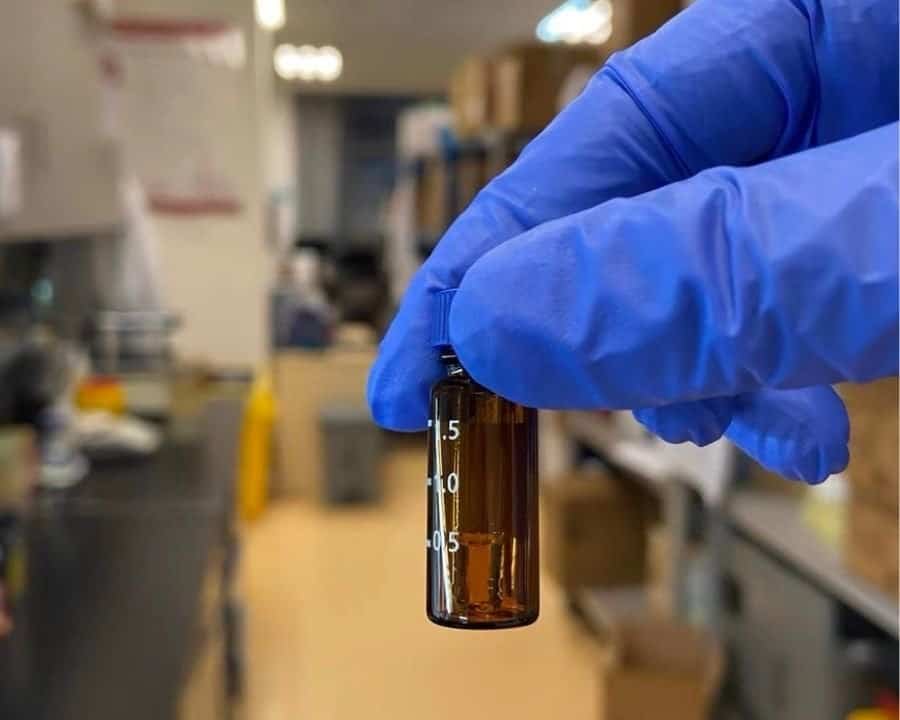
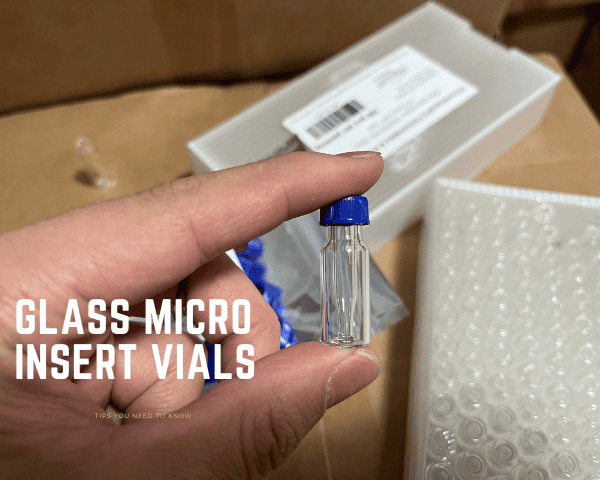
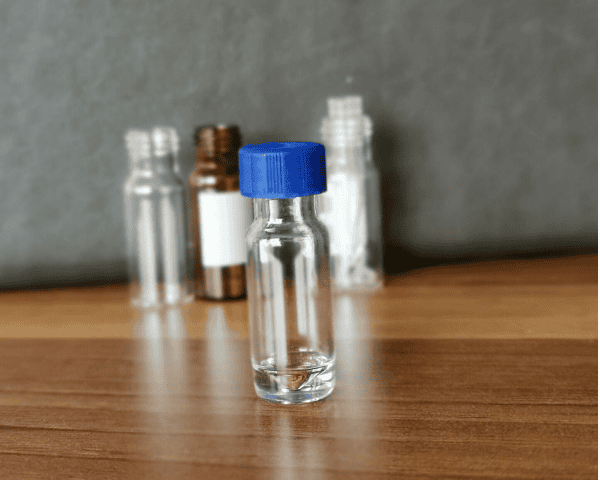
Our expertise ensures that you get reliable and precise products tailored to your specific requirements. Whether you’re in pharmaceuticals, research, or any other industry relying on HPLC, we understand your needs and are here to support you in making the right purchase.
Reach out to Mastelf, and let us assist you in procuring the perfect vials for your work.
FAQs
1. How do I prevent peak tailing in HPLC?
Use buffered mobile phases, end-capped columns, and proper injection volumes.
2. What causes peak broadening?
Column degradation, mobile phase inconsistencies, and slow injection speeds.
3. How can I reduce ghost peaks?
Use high-purity solvents, thorough needle washes, and contaminant-free vials.
4. What’s the best way to maintain peak integrity?
Regular column flushing, mobile phase optimization, and system cleaning.
5. When should I replace my HPLC column?
If peak shape deteriorates despite cleaning, or pressure increases significantly.

